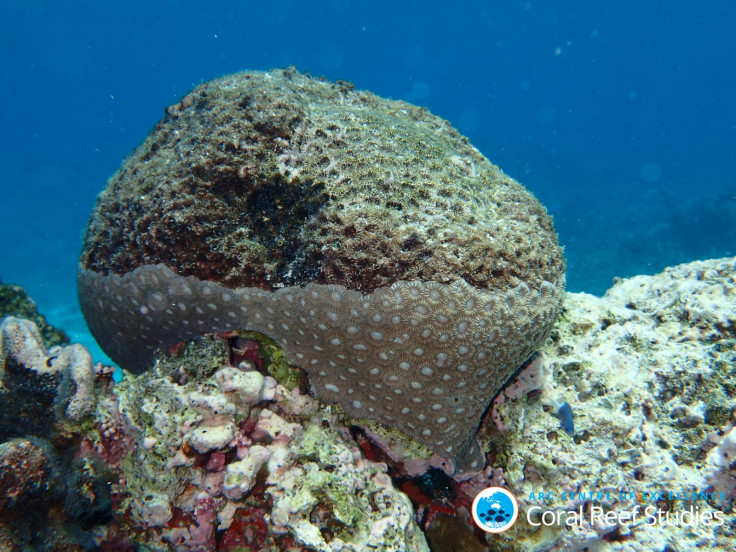Great Barrier Reef: Significant coral bleaching to take place in 2017 warn authorities
Reef authority says sea surface temperatures are much warmer than they were 12 months ago.

The Great Barrier Reef in Australia will face an "elevated and imminent risk" of more widespread coral bleaching this year, the Great Barrier Reef Marine Park Authority (GBRMPA) has warned the Queensland government.
The World Heritage-listed reef last year came into the spotlight for suffering its worst bleaching event on record, with the northern regions losing as much as 80% of corals. The latest alert says more of the reef is showing built-up heat stress this time compared to last year which means a significant amount of bleaching is predicted for this year as well.
The authority says sea surface temperatures are much warmer than they were 12 months ago and they are receiving increasing reports of coral bleaching and disease from many parts of the reef, including offshore Mackay, the far south of the worst sections of bleaching in 2016.
The report points out the Australian government's failure to meet emission reduction targets as per the Paris agreement to protect coral reefs worldwide. It specifically criticises the government's support for new coal mines in Queensland that "pose a serious threat to the reefs".
The analysis also warns that mass bleaching has crippled for decades a key goal of Australia's 2050 reef conservation plan.
"Given the severity of the damage and the slow trajectory of recovery, the overarching vision of the 2050 Plan, to ensure the Great Barrier Reef continues to improve is no longer attainable for at least the next two decades," says the report.
Read the full report on the warnings by the reef authority here.
© Copyright IBTimes 2025. All rights reserved.





















